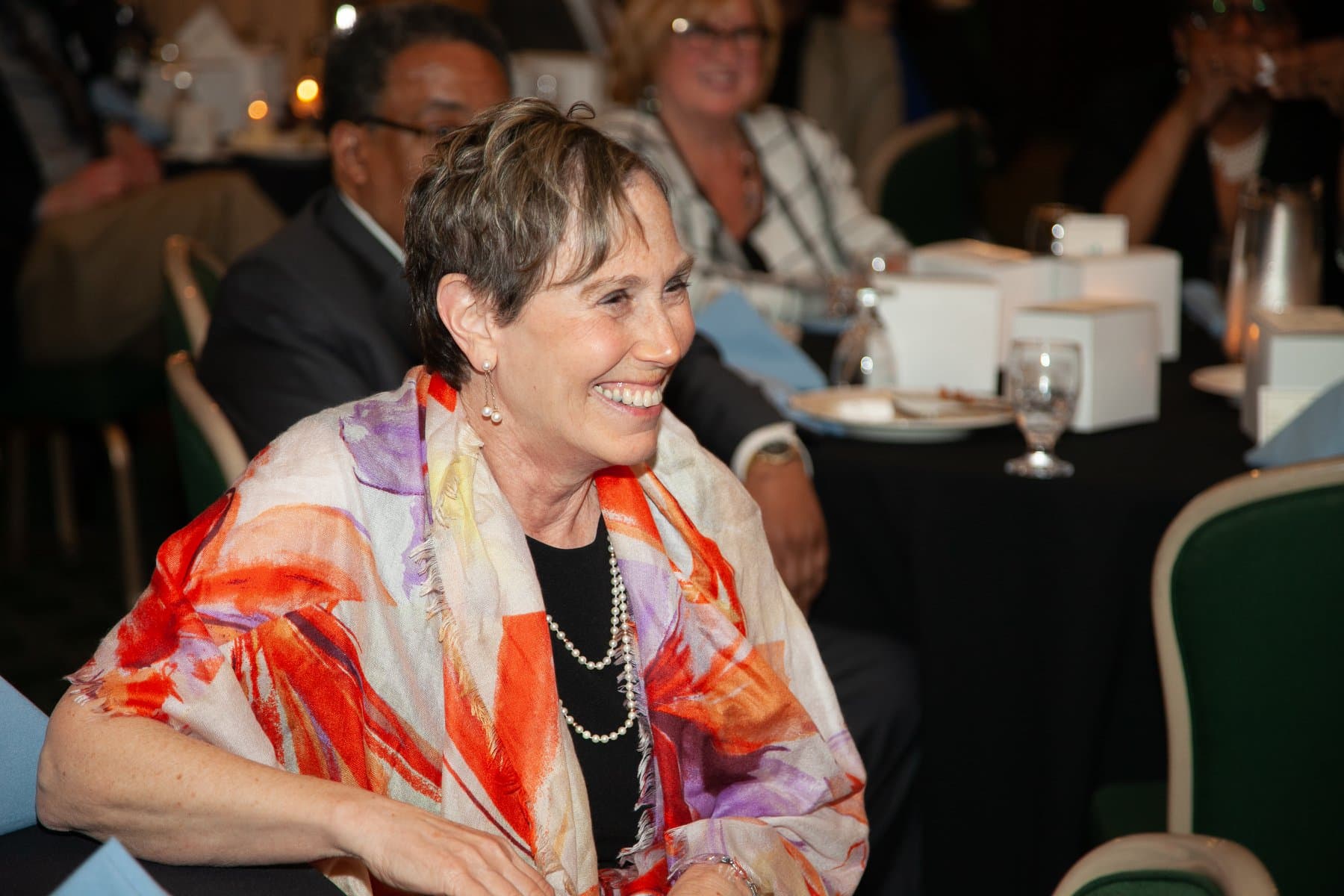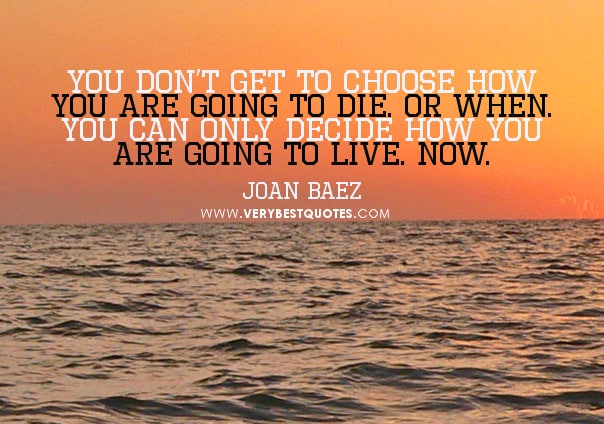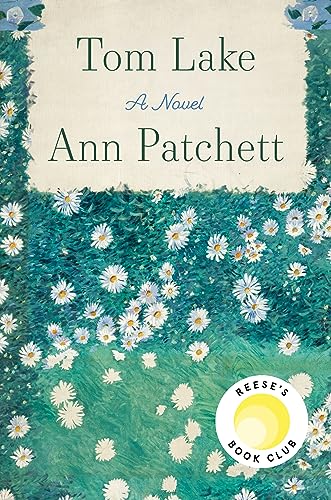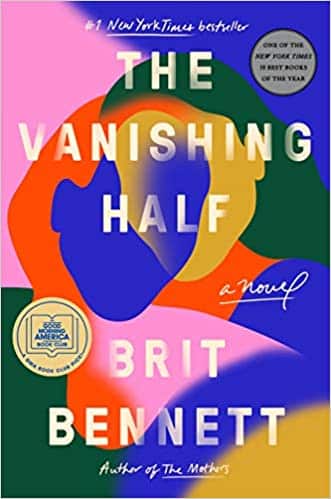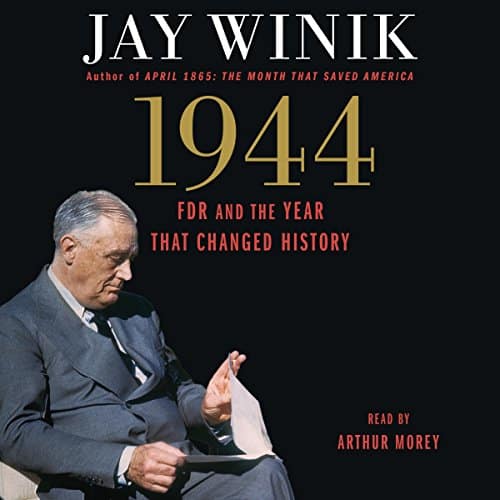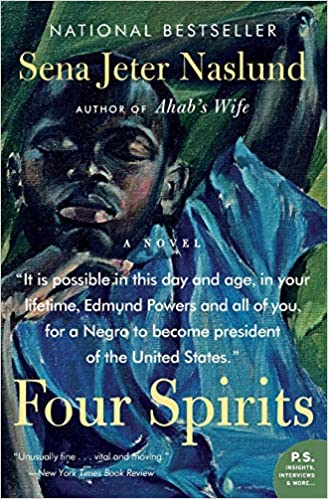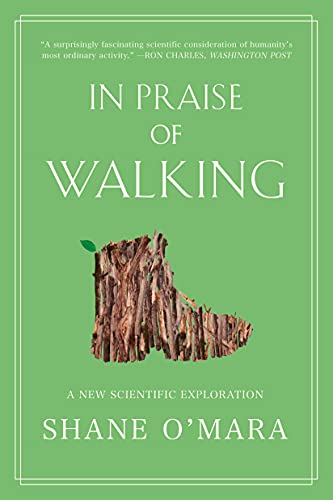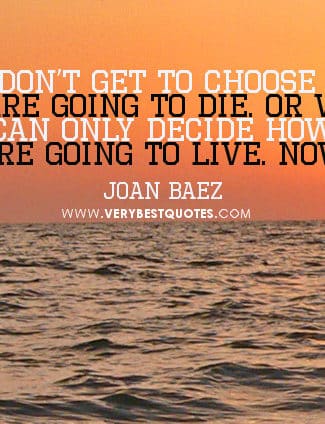
Who Am I Without Jan?
Estimated reading time: 1 minute, 11 seconds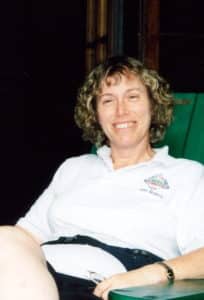 Based on the demographics of life expectancy, I always believed that Jan would outlive me.
Based on the demographics of life expectancy, I always believed that Jan would outlive me.
Despite the actuarial evidence, I am the one who is still alive.
I have focused the last year on celebrating Jan’s life, preserving her memory, and keeping her name mentioned.
In my efforts to define how I will use these years of living alone, I also,
- I write daily about Jan, my love for her, my grief, my faith, and my life.
- I take morning walks and evening strolls.
- I read more than ever.
- I help other widows, volunteer, and serve on three boards.
Jan and I were fans of Joan Baez, and I find her quote about the need to decide how to live as a defining coda for me.
You don’t get to choose
how you’re going to die.
Or when.You can only decide
how you’re going to live.
Now.
In this new phase of my life, I know one self-evident truth, the love Jan and I shared will never die!
The Jan Lilien Education Fund sponsors ongoing sustainability and environmental awareness programs. Gifts made this month; I will match dollar-for-dollar. All donations are tax-deductible.
I receive a commission when you buy a book or product using a link on this page. Thank you for supporting Sharing Jan’s Love blog.

